Color Correcting Concealer: Everything You Need to Know
July 28, 2017

NYX Professional Makeup Color Correcting Concealer Palette
If you want to try out the color-correcting trend without going overboard price-wise (or needing to buy a bunch of different products), this sleek, chic but cheap (under $12!) palette is just the thing. The six color correcting shades are lightweight, non-creasing and glide onto skin, so they’re easy to play with and blend. They’re the perfect all-in-one tool to practice your color-correcting skills.

Lancôme Teint Idole Ultra Wear Camouflage Corrector
Available in five colors—green, lavender, yellow, peach, and orange/red, this longwearing formula is superpigmented, so you only need the tiniest amount for excellent coverage (read: one tube will last and last and last).

YSL Beauté Forever Light Creator CC Primer
While many of these products aim for spot correction, this lightweight, beautifully blending tinted primer delivers a thin wash of color over your entire face. The light-diffusing formula comes in three complexion-transforming shades: Rose (brightens dull and tired skin), Apricot (blends uneven skin tone) and Lavender (neutralizes yellow).

Urban Decay Naked Skin Color Correcting Fluid
The cute tubes may look like lip gloss, but what’s inside outperforms the shiny stuff. The easy-to-apply (and blend) liquid formula is less intimidating than a heavier cream, but just as effective at erasing sun spots and other discoloration. Plus the special pigment technology is based on their bestselling Naked Skin Concealer, so they’re designed to go on smooth and melt into skin. The five colors include green, pale yellow, lavender, pink, peach and deep peach.

YSL Touche Eclat Neutralizer Pens
Fans of YSL’s already legendary Touche Eclat Radiant Touch Luminizing Pen rejoice—the same product that built a cult following by singlehandedly glowifying skin is now using the same technology and delivery system when it comes to color correction. The easy to hold and maneuver pens come in three colors: Vert Green, Abricot Bisque, and Violet—and are perfectly shaped for applying to areas that require more precision (like under eyes). As always, the formula is light, beautifully textured, and a dream to blend.
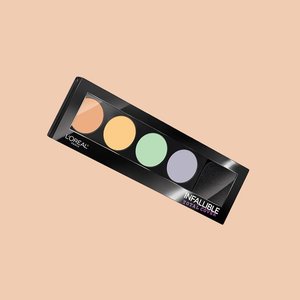
L’Oréal Total Cover Color Correcting Kit
This kit features four full-coverage color-correctors to conceal just about anything. Blot out darkness, cover redness – whatever ails you – with either purple, green, yellow or peach.
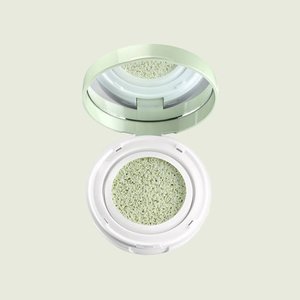
This cushion is perfect for spot correction or all-over correction. It comes in four shades and addresses common concerns like redness and dark circles. You’ll love the weightless coverage plus the hydrating and brightening elements.

Maybelline New York Facestudio Master Camo Color Correcting Kit
Because blemishes and imperfections come in all shapes, sizes and colors, they often require different color-correctors to mask them. That’s why we love the one-stop-shop of this new product. Featuring six hues to correct, conceal and highlight, it has everything you need in one complete kit.
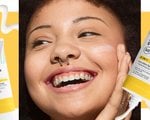







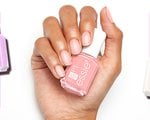








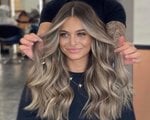



.jpg?cx=0.5&cy=0.5&cw=150&ch=120&blr=False&hash=27326E4FE66B0A2BFABAF4995DA29DC5)







